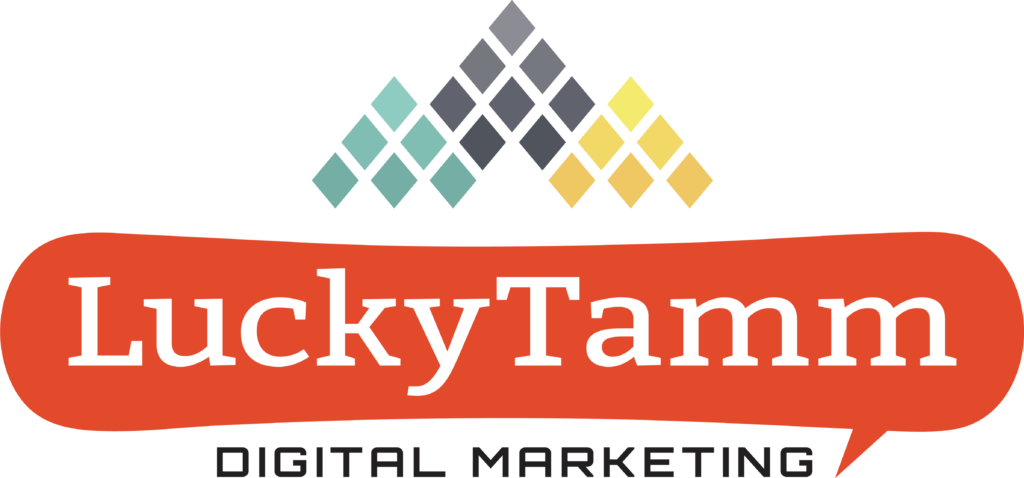At Austin Design Week 2019, we had the pleasure of attending a workshop on designing inclusive content for websites. The speaker, Veronica Cámara of AVO agency, presented an excellent case for why accessibility and inclusivity matter, and provided some simple best practices and methods to assess both of these objectives in web content and design. We were inspired to share the following key takeaways.
What exactly do accessibility and inclusivity mean?
They may sound like progressive buzzwords, but accessibility and inclusivity are both major issues in web design and content strategy today. We should start by defining them:
Accessibility deals with how people use your website, and more specifically, how accessible it is for use by people with disabilities.
Inclusivity refers to how well your website design and content considers the full range of human diversity. The big question inclusivity asks is whether or not your content or design could cause emotional harm to someone.
Why does accessibility matter?
If you’re like most business owners, you probably assume that the number of people with disabilities who access your website is relatively low. According to a groundbreaking 2003 study by Microsoft, however, the number of people with disabilities in the general population is much higher than you would think. In fact, the study found that 57 percent of adult users can benefit from accessible technology in web design.
The University of Cambridge’s Inclusive Design Kit created an image to illustrate the continuum of population diversity based on the Microsoft study:

According to this graphic, 79 percent of people are affected by some difficulty that can make your website hard for them to access.
This makes sense when you consider disabilities that may be considered “minor” but have a big impact on how someone can access content on the internet. For instance, nearsightedness, which is incredibly common, can make web content tricky to navigate, especially with small or intricate fonts. Common neurological issues such as migraines can be triggered by bright lights or noises, which may not be something companies consider when they design their digital interfaces. Anxiety, depression, and even sleep deprivation and hunger can have an impact on how someone accesses your website.
There are also environmental difficulties to consider, such as slow internet access, noisy rooms or distractions that can make your website difficult to access for individuals at any given point in the day. Imagine a mother of a newborn baby trying to access information on your website through her phone while she’s breastfeeding, and you’ll quickly understand why accessibility means more than you may have originally thought.
By focusing on accessibility in your website design and content, you will be opening up your business to more people in more situations than you probably know.
Why does inclusivity matter?
While accessibility addresses how easy it is for people to use your website or the content therein, inclusivity addresses how that content can make them feel. The internet has increasingly democratized access to content, as well as provided new ways for individuals to provide feedback on that content, making attention this aspect of web design a top priority
The example presented during the workshop was the email marketing company ConvertKit, which changed its name and rebranded a few years ago. After two years of planning, designing and hard work, the company announced that they had selected the new name Seva, inspired by a Sanskrit word meaning “selfless service.” The choice was great from a marketing perspective, speaking to the fact that the company wanted to provide selfless service to its clients. However, the word and the concept of “seva” are sacred to a number of religious groups, and many were offended by the idea that anyone would try to appropriate and copyright such a concept – especially in a business setting.
The public relations uproar was predictably disastrous. Overall, ConvertKit had to undo two years of work, with a cost of at least $500,000, not to mention web and product redesigns. The hit to their public image was immeasurable, with criticism going viral across social media and beyond. According to founder Nathan Barry, it took eight phone calls with offended parties to figure out that he needed to retract the rebrand. Now, what if he had made those eight phone calls to people who understood the religious concept before going public with the name?
The question around inclusivity is not whether or not you can afford the time to consider it; it’s whether or not you can afford the risk of not considering it.
What can you do to make your content more inclusive and accessible?
It’s clear that digital inclusivity and accessibility should be top of mind for any business owner. By increasing accessibility, you can reach a larger population, expanding your consumer demographic.. By being mindful of inclusivity, you can connect with these individuals on a more meaningful level, and may even avoid catastrophic choices.
The following best practices apply when it comes to designing accessible content::
- Write headers that can be scanned quickly and understood easily
- Make links scannable, accurate, predictable and easy to click
- Use alt text, captions and transcripts with images
- Use plain language and avoid complicated jargon
Once you learn what makes a website accessible, it’s easy to make those design elements standard, whether you’re designing a landing page or writing a blog. It’s also a good idea to audit your existing digital properties to ensure all images have alt text, your CTA buttons are accurate and all links are clear enough for every user to click on.
In terms of inclusivity, best practices involve a process, rather than a checklist. It’s a good idea to start every project by naming your assumptions, and assessing your blind spots. An Assumption Slam is a great way to map out your assumptions and determine what risks you might be taking by moving on your beliefs. Once this first step is completed,, you can bring in experts with diverse perspectives to help you design an inclusive approach.
LuckyTamm Digital Marketing has a number of best practices and standard operating procedures in place to help us design inclusive, accessible websites and content for our customers. If you want help auditing your current website or creating a new one that is open and accessible to a broader range of customers, contact us today.

